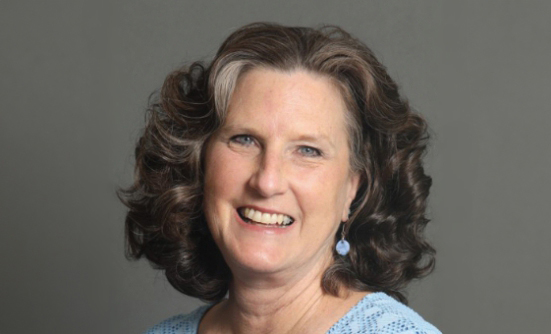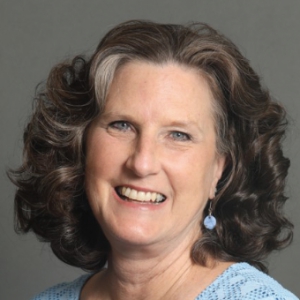The US Food and Drug Administration published updates to the mammography regulations to require mammography facilities to notify patients about the density of their breasts.
With multiple news sources streaming 24 hours a day, one could get the impression that people are doing things “their way” instead of knowing how or caring about doing things the “right way.” To keep people, industry, government, and others from performing “their way,” standards are used to outline the best way to complete a task, develop a product, provide a service, control a process, or interact with others. This is critical in healthcare to provide safe, high-quality care for everyone, regardless of the state or community they live in.
An example is the US Federal Drug Administration’s (FDA) Mammography Quality Standards Act. The act became law in 1992 to ensure patients have access to quality mammography, which is critical to early breast cancer detection.1 This act allowed the FDA to have oversight over mammography services and led to a significant improvement in the quality of mammography for all participants. However, with the evolution of new knowledge from research and quality initiatives, standards need to be updated for the best care delivery.
Since 2003, there has been a push to enact legislation about breast density. It started in Connecticut when a woman received a breast cancer diagnosis 6 weeks after a normal mammogram and found research that showed an association between greater breast density and increased cancer risk.2 This event led to individual states enacting breast density notification laws, but not all states—back to some doing it “their way”—and this created inequity in actionable information a patient received based on where they lived. After years of advocating for change, the FDA on March 9, 2023, published updates to the mammography regulations to require mammography facilities to notify patients about the density of their breasts. This is to ensure all American women receive the same specific language explaining how breast density can influence the accuracy of mammography, along with recommendations for their individual screening.3 The mammography facilities are required to implement this revision within 18 months.
This update reflects a change that voices of advocacy can make as agencies, organizations, and individuals consistently push for legislation. Also, it incorporates existing science and best mammography practices to further enhance breast cancer detection, and it gives a screening participant more information about mammography details so decisions can be made regarding individual breast healthcare.
Navigators are elated over this update for all participants in screening…and yes, that includes men! With half of the women over the age of 40 years in the United States having dense breast tissue that makes cancers more difficult to detect on a mammogram, this identifiable risk factor for developing breast cancer can now be equally addressed the “right way.”4 Let’s spread the word that this is a standard expectation for all your loved ones who get a mammogram.
Your Navigator,

References
- US Food and Drug Administration. Mammography Quality Standards Act (MQSA). www.fda.gov/radiation-emitting-products/regulations-mqsa/mammography-quality-standards-act-mqsa. November 29, 2017.
- Cappello NM. Decade of ‘normal’ mammography reports – the happygram. J Am Coll Radiol. 2013;10:903-908.
- US Food and Drug Administration. FDA Updates Mammography Regulations to Require Reporting of Breast Density Information and Enhance Facility Oversight. www.fda.gov/news-events/press-an nouncements/fda-updates-mammography-regulations-require-reporting-breast-density-information-and-enhance. March 9, 2023.
- National Cancer Institute. Dense Breasts: Answers to Commonly Asked Questions. www.cancer.gov/types/breast/breast-changes/dense-breasts. March 29, 2023.
Sharon S. Gentry, MSN, RN, HON-ONN-CG, AOCN, CBCN, is an oncology healthcare provider with over 40 years of oncology care experience, the Program Director of the Academy of Oncology Nurse & Patient Navigators (AONN+), and a champion of people living with cancer.














